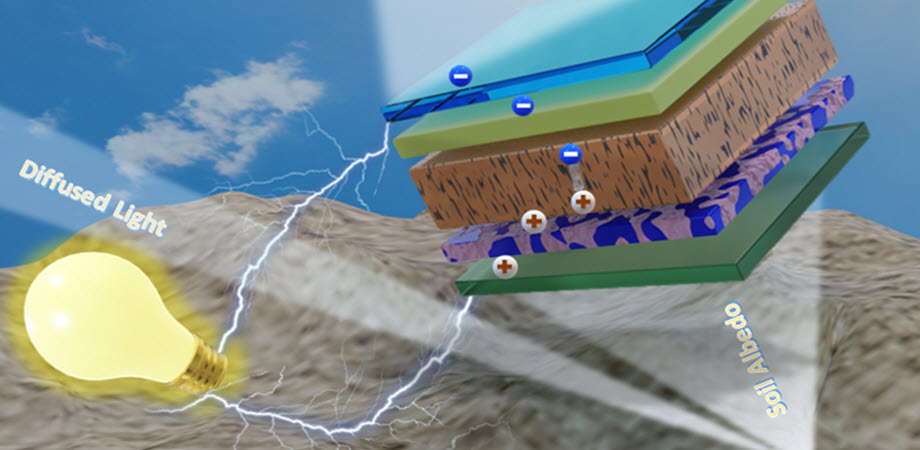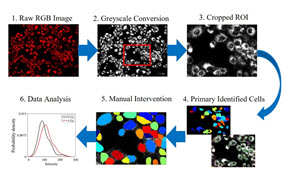Hybrid transparent electrodes enhance efficiency and longevity of perovskite solar cells

Bifacial perovskite solar cells are known for their ability to harness sunlight from both sides. Researchers from Indian Institute of Technology (IIT) recently made significant strides in their development, with a novel NiO/Ag/NiO transparent electrode that helps to achieve high efficiency, durability, and infrared transparency, promising significant advances in solar energy applications.
As reported in the Journal of Photonics for Energy (JPE), a research team from IIT Dharwad designed and fabricated bifacial solar cells that are highly transparent to infrared light. They achieved this by incorporating a hybrid top transparent electrode (TE) in a three-layer structure of NiO/Ag/NiO (NAN). This innovative approach, using a low-energy physical vapor deposition technique, resulted in an electrode with very low electrical resistance and high visible light transmittance.

A three-layer transparent electrode is used in the fabrication of the bifacial perovskite solar cell. Credit: S. Rani et al., doi 10.1117/1.JPE.15.015501
When integrated into the solar cell configuration, the NAN-TE demonstrated impressive power conversion efficiencies (PCE) of 9.05 and 6.54 percent when illuminated from different sides. A high bifaciality factor of 72 percent indicates the cell’s ability to effectively capture light from both directions.
Moreover, these bifacial solar cells exhibited remarkable durability, maintaining 80 percent of their initial efficiency for over 1000 hours without any protective encapsulation. They also allowed significant light transmission in the near-infrared region, making them suitable for thermal windows and optoelectronic applications.
The thin profile of the NAN-TE—less than 40 nm—further enhances its potential for integration into building materials and tandem solar cell applications. Senior author Dhriti Sundar Ghosh, associate professor of physics at IIT Dharwad, remarks, “This work may provide a design strategy for TEs that can be included in bifacial perovskite solar cells for use in tandem devices, agrivoltaics, and automotive technologies, among other potential uses.” This breakthrough highlights the immense potential of bifacial perovskite solar cells in advancing solar energy technology.
For details, see the original article by S. Rani et al., “Hybrid top transparent electrode for infrared-transparent bifacial perovskite solar cells,” J. Photon. Energy 15(1), 015501 (2025), doi: 10.1117/1.JPE.15.015501
| Enjoy this article? Get similar news in your inbox |
|



